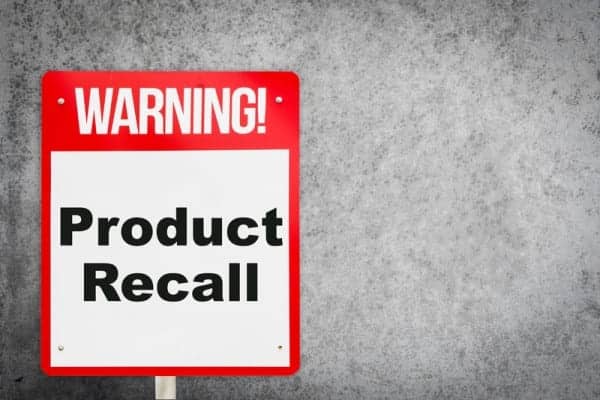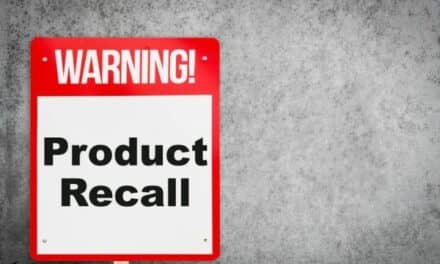The U.S. FDA announces that it has taken new steps to handle how voluntary recalls are managed across many industries, including the medical device sector. Melinda K. Plaisier, the FDA associate commissioner for regulatory affairs, spoke out about this development, commenting: “We know that in order for a recall to be effective and timely, it’s crucial that companies be prepared in advance to take all necessary steps for when a recall is initiated.”
The FDA’s new draft guidance, “Initiation of Voluntary Recalls Under 21 CFR Part 7, Subpart C,” includes recommendations for recalls in three key areas:
- Training: Proper training of personnel is perhaps one of the most important elements to effectively executing a recall. The draft guidance provides recommendations for companies who manufacture or distribute FDA-regulated products to adopt in readying their staff for potential recall situations. Specifically, this new draft guidance advises companies on ways to best identify and train appropriate personnel on their responsibilities during a recall, establish a recall communications plan, and identify what FDA reporting requirements there may be, among other things.
- Record-Keeping: Thorough and organized record-keeping is especially important as the agency continues its efforts to improve recalls through product traceability by tapping into modern approaches, such as blockchain technology, to advance our mission of protecting public health. The draft guidance also advises companies on the importance of properly coding their products and maintaining distribution records in order to conduct the most effective recall possible
- Procedures: Written recall initiation procedures help to minimize delays created by uncertainty. For companies that initiate a recall, using initiation procedures can help reduce the amount of time a defective or potentially harmful product is on the market and that, in turn, reduces the potential exposure to consumers. For consignees of a company that initiates a recall, these procedures can help extend the recall quickly throughout the distribution chain. The guidance recommends that firms consider preparing and maintaining written recall initiation procedures to swiftly ensure their recalled products are removed from the market. These procedures should clearly describe the appropriate actions to take when a decision is made to initiate a recall. They should also help ensure that necessary actions are not overlooked and may minimize the disruptive effect a recall can have on a company’s operations.
This guidance reflects the latest step in the agency’s ongoing commitment to working with companies to quickly act to protect consumers from potentially dangerous products. It builds upon 18 months of proactive and systematic improvements to the FDA’s recall processes, during which the agency alerted companies of the situations where the FDA would disclose certain supply chain and retail distribution information during certain recalls and issue final guidance on public warnings and notifications of recalls for all FDA-regulated products outlining specific circumstances in which the agency would expect a company to issue a public warning about a voluntary recall.
The agency has also adopted new policies for moving forward with rapidly posting new recalls to the FDA’s Enforcement Report, which is a web listing of all recalls monitored by the FDA.
“These efforts have made important improvements toward our goal of quickly executing recalls and reaching consumers with timely information to limit the impact of potentially dangerous products,” says Plaisier. “But we know there is more that needs to be done. Moving forward, the agency will continue its efforts to improve recalls, and will encourage the use of new technologies and other tools that can assist in those efforts.”
Plaisier says the FDA will also continue to refine and improve its ability to quickly communicate information to the public on recall situations. “We remain committed to learning from every recall and seeking out opportunities for improved processes, education and awareness in order to ensure that American consumers are kept safe from potentially dangerous products,” she says. “These collective efforts will help the agency to prevent future recalls and work quickly with companies to remove products from the market when an issue does arise.”






Some problems with quick posting can be seen from the FDA’s list of Class I recalls.In order from most recent:
1. Recall: March 29; FDA post April 26
2. Recall March 1; FDA post April 15
3. Recall Feb 7; FDA post April 3
4. Recall Feb 1; FDA post March 18
5. Nov 13, 2018; March 5